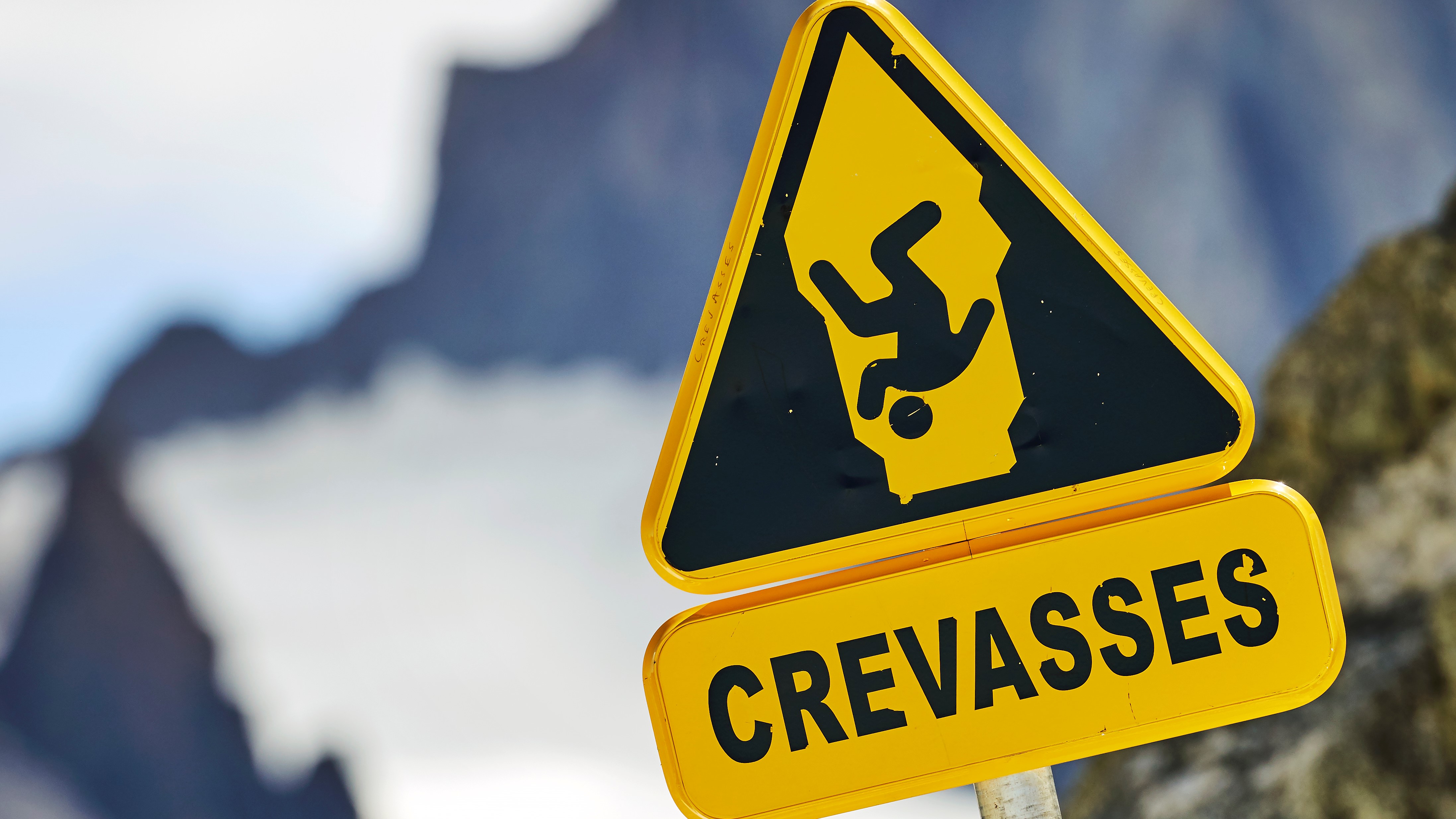
A French skier has shared a GoPro video showing the moment he plunged into a seemingly bottomless crevasse, Mountaineer Les Powtos posted the clip on his Instagram account with a simple caption that summed up the experience: "surprise".
The experience clearly rattled Powtos, who was swept down the hole in a current of snow and ice, but once his skis became wedged, he gathered his wits and managed to escape using an ice axe and crampons.
High-mountain glaciers offer guaranteed snow and skiing year round, but crevasses are always a risk. These are deep, wedge-shaped openings that usually form in the upper 50m of a glacier where the ice is more brittle, and despite their size, there may be no evidence of their existence on the surface.
As National Geographic explains, they can be formed when layers of ice slide over one another, or when sections of the glacier are moving at different speeds. They can be up to 45 meters deep, but if a thin 'snow bridge' has accumulated on top, there will be nothing to warn skiers, snowboarders, and mountaineers.
Escaping a crevasse
The British Mountaineering Council (BMC) explains that it's important to not only carry the necessary equipment for a crevasse rescue, but to know how to use it properly as well. It's no good if just one person in a group has appropriate kit, either.
Mountain guide Stuart Macdonald, who runs the Avalanche Academy in Chamonix, recommends that everyone climbing or skiing on a glacier has the following:
- Standard off-piste riding gear (including avalanche-safety kit)
- 30m 9mm ski rope
- Harness
- 5 x screwgate carabiners
- 2 x prussik loops
- 2 x slings (1.2m when laid flat)
- Mechanical traction devices
"Crevasse rescue is an emergency procedure," he says. "Through sound planning, good navigation and controlled skiing you should be able to minimize the risks. It’s far better to avoid falling in rather than having to carry out a rescue. However, if operating on glaciers you have to be prepared for the worst."
- Best avalanche beacons: emergency transceivers tested and rated







